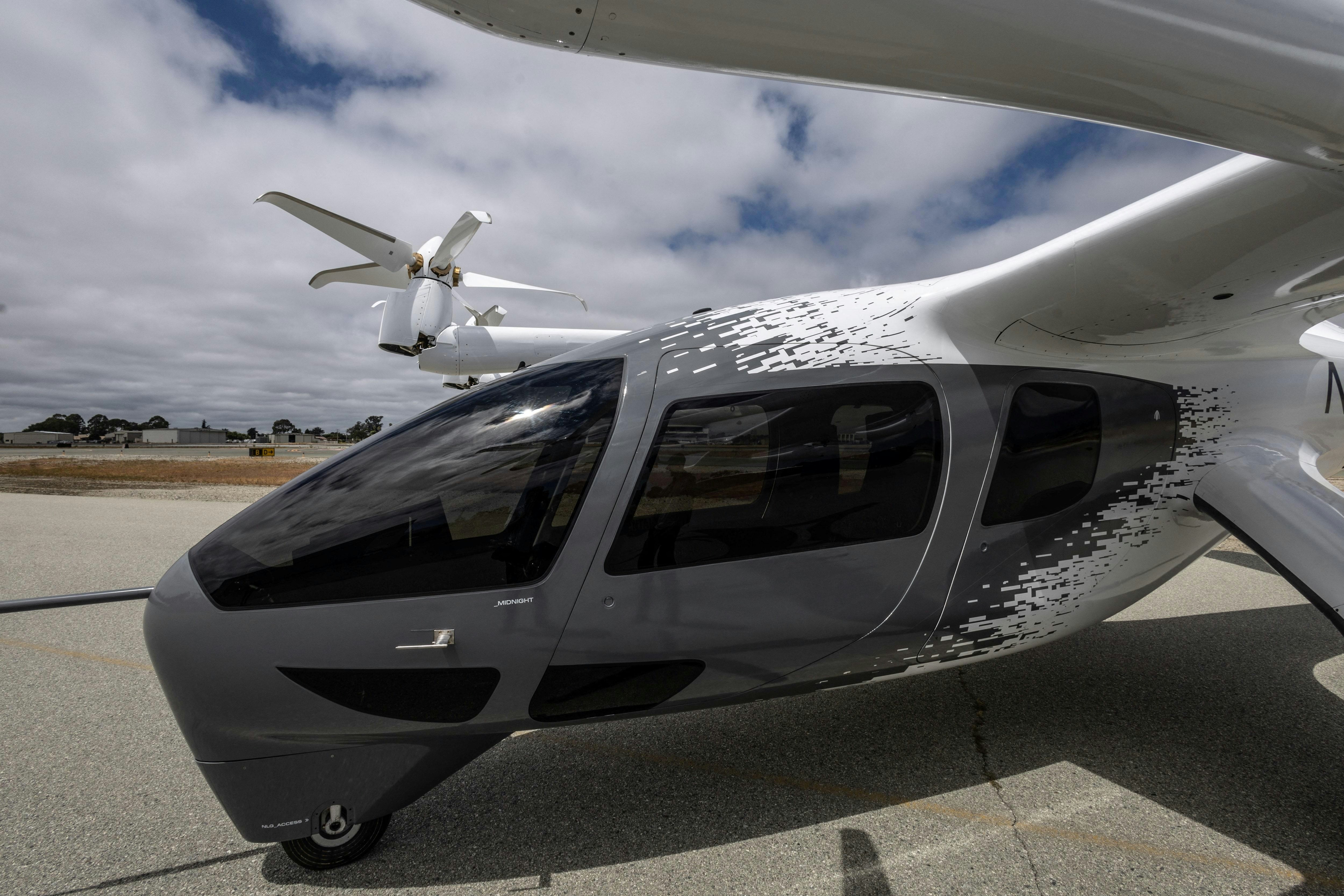
AeroGenie — Uw intelligente copiloot.
Trending
Categories
Unmanned Aerial Systems and Military Rotorcraft
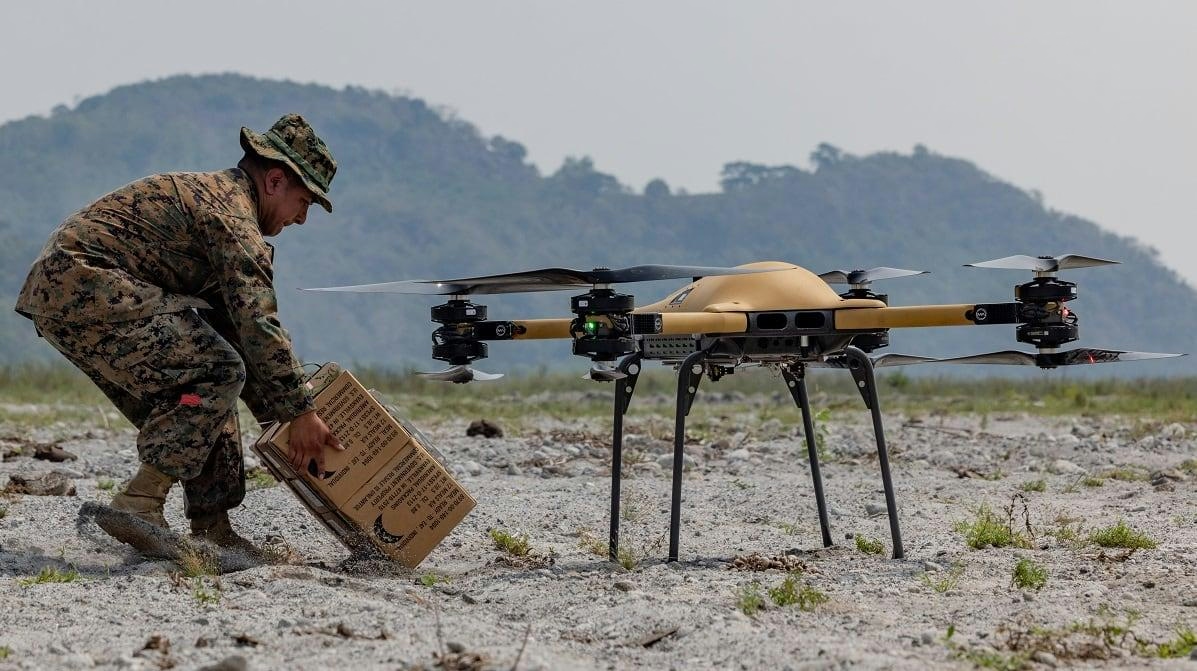
Unmanned Aerial Systems and Military Rotorcraft
The Global Defence Aviation Conference (GDA25), held in Warsaw from 21 to 23 October 2025, brought together over 900 delegates, 100 industry exhibitors, and military representatives from 85 countries to explore the evolving landscape of Uncrewed Aerial Systems (UAS) and military rotorcraft. The conference highlighted the rapid pace of technological adaptation, drawing on operational lessons from Ukraine and recent advances in autonomy, electronic warfare (EW), and manned-unmanned teaming (MUM-T) to shape the discourse on modern air power.
Accelerating Modernisation in Response to Emerging Threats
The imperative to modernise military aviation capabilities was a dominant theme throughout the conference, particularly in light of recent Russian drone incursions into Polish airspace. Poland and its allies are accelerating innovation cycles to counter the growing threat posed by drones. Leonardo’s unveiling of the Proteus autonomous UAS, developed in collaboration with the Royal Navy, exemplifies this shift. Set for its maiden flight by late 2025, Proteus incorporates a modular payload bay designed to support a wide range of missions, including intelligence, surveillance, and reconnaissance (ISR), anti-submarine warfare (ASW), and logistics. This approach reflects a broader design philosophy prioritising modularity, scalability, and mission adaptability.
The United Kingdom’s forthcoming Defence Investment Plan and the 2025 Strategic Defence Review were frequently referenced as frameworks to streamline acquisition processes, expedite procurement, and enhance interoperability. A newly appointed National Armaments Director will oversee efforts to keep pace with innovations in UAS and rotary-wing technologies. Officials emphasised the importance of coalition operations, noting that while NATO remains central, partnerships extend beyond the alliance.
France reaffirmed the continued relevance of crewed helicopters amid the increasing prevalence of drone technology. The H160M Guépard MUM-T programme, developed jointly with Thales and Airbus, recently achieved its first prototype flight, with deliveries anticipated by 2029. Airbus also outlined its transformation from a traditional original equipment manufacturer (OEM) into a more agile support partner, embedding maintenance teams alongside end-users and advancing the testing of Air-Launched Effect (ALE) systems across Europe. These ALEs, designed for deployment from rotary platforms, enhance survivability by enabling standoff reconnaissance and strike capabilities.
Integration Challenges and Market Dynamics
Despite significant progress, integrating advanced autonomous technologies into existing military operations continues to present challenges. Representatives from the 25th Infantry Division expressed concerns about the operational burden placed on smaller units tasked with managing drone operations, underscoring the trade-offs and skepticism surrounding the full potential of autonomous systems.
Industry competitors are responding with rapid innovation. ZIYAN introduced the F15 UAV Docking Station, which facilitates fully autonomous operations, while Skyways has successfully completed beyond-visual-line-of-sight (BVLOS) deliveries using long-range cargo UAVs. Wrap Technologies showcased the MERLIN-Interdictor, a non-lethal drone interdiction system, and the Czech defense group CSG announced a strategic pivot from traditional weapons manufacturing to drone technology through the launch of AviaNera Technologies.
Adapting to Geographic and Operational Realities
Geographical and environmental factors continue to shape innovation in military aviation. The Royal Canadian Air Force detailed its recapitalisation programme for 2026–2032, which must accommodate extreme Arctic conditions, including the requirement for aircraft to cold-start after 24 hours at temperatures as low as −40°C. A speaker highlighted the unique operational challenges by noting that some Canadian helicopter bases are geographically closer to Moscow than to Ottawa. The proposed use of Remotely Piloted Aircraft Systems (RPAS) for emergency rescue kit delivery further illustrates the expanding role of UAS in diverse and demanding environments.
The GDA25 underscored that the future of military aviation depends on the seamless integration of uncrewed systems and rotorcraft, balancing technological innovation with operational realities and market skepticism. The ongoing race to modernise is driven by innovation, adaptability, and international collaboration.

Kazakhstan Acquires eVTOL Aircraft to Launch Air Taxi Service in Alatau

Tinci Materials Technology to Supply Electrolytes to Zhongchuang Innovation Aviation
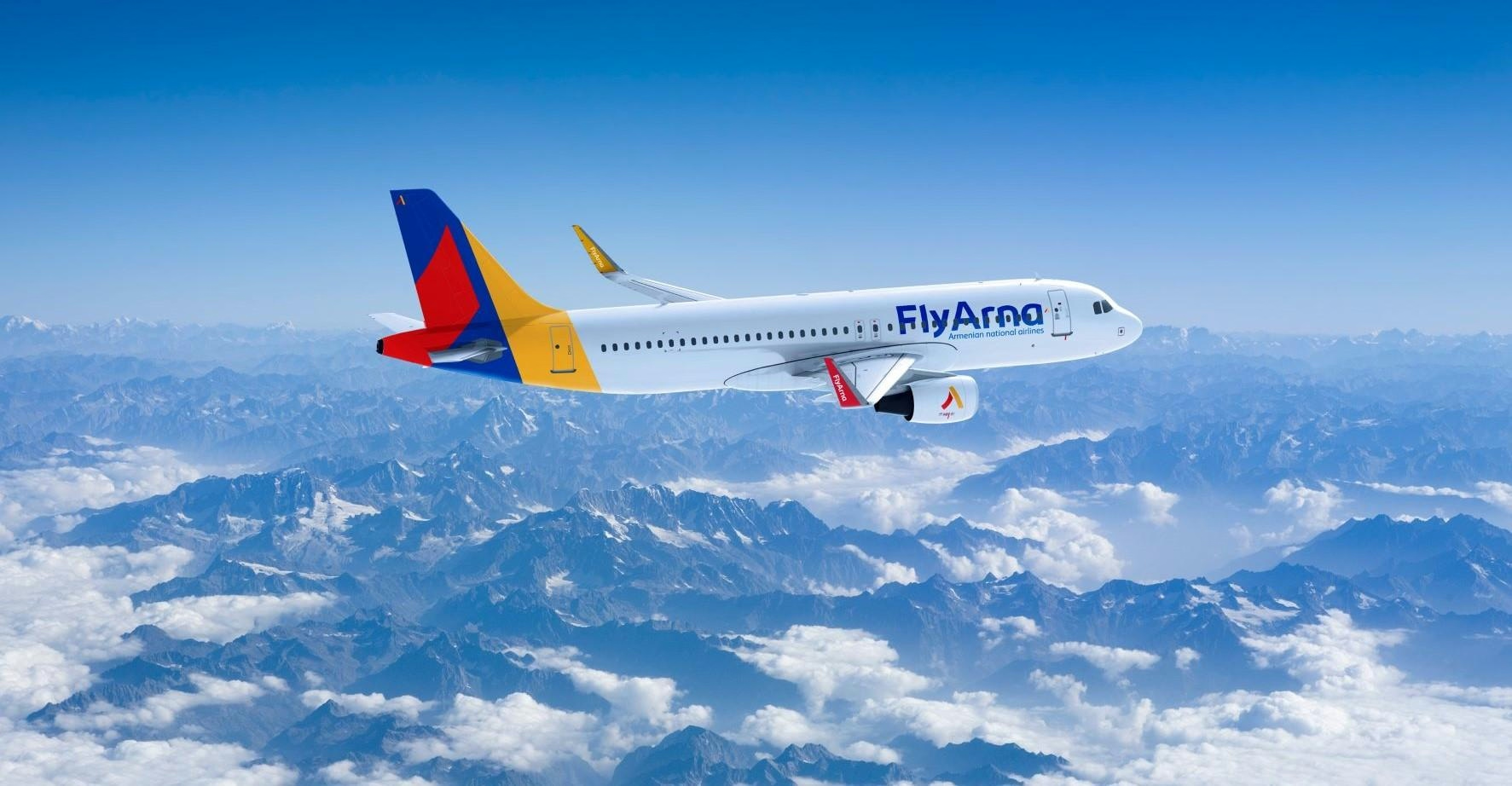
Satair and GAMECO Sign New Airbus Material Support Agreement
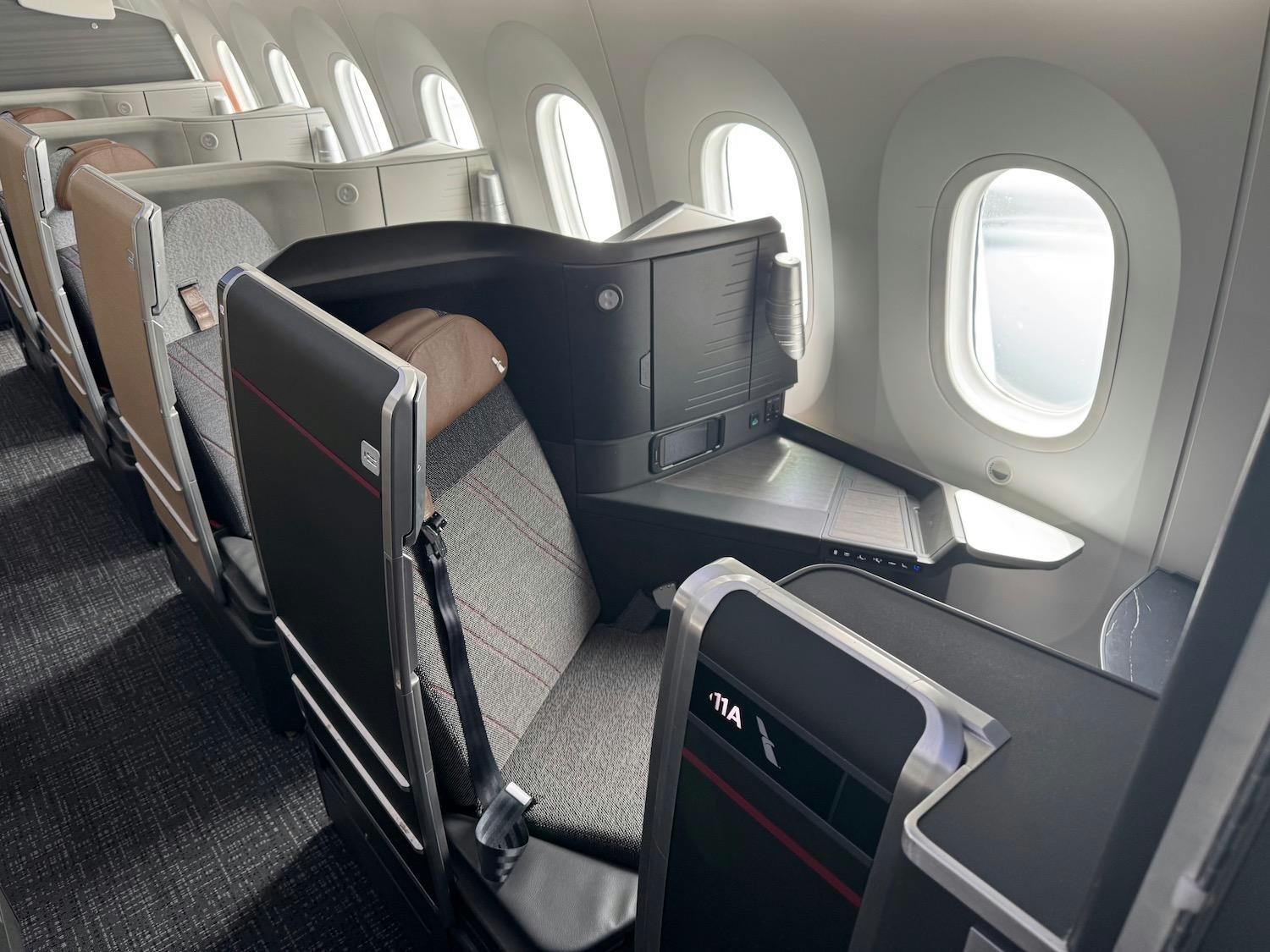
Somon Air Orders Up to 14 Boeing Jets, Including Four 787-9s

Wizz Air Delays Airbus Deliveries and Reduces Long-Haul Jet Orders

Over 100 Flights Delayed at IGI Airport Due to ATC Software Glitch
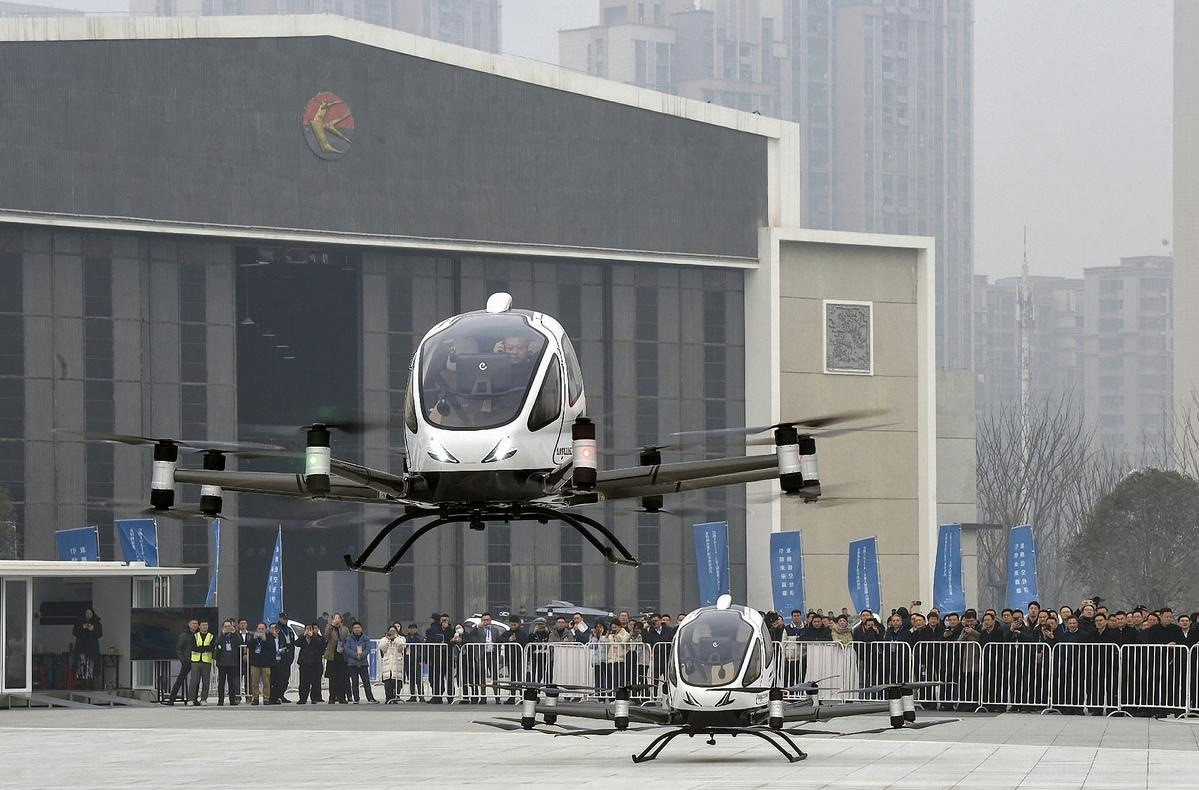
EHang Plans Affordable Air Taxi Service Launch in China Within Three Years

Operating Costs of a Boeing 747 Freighter in 2025
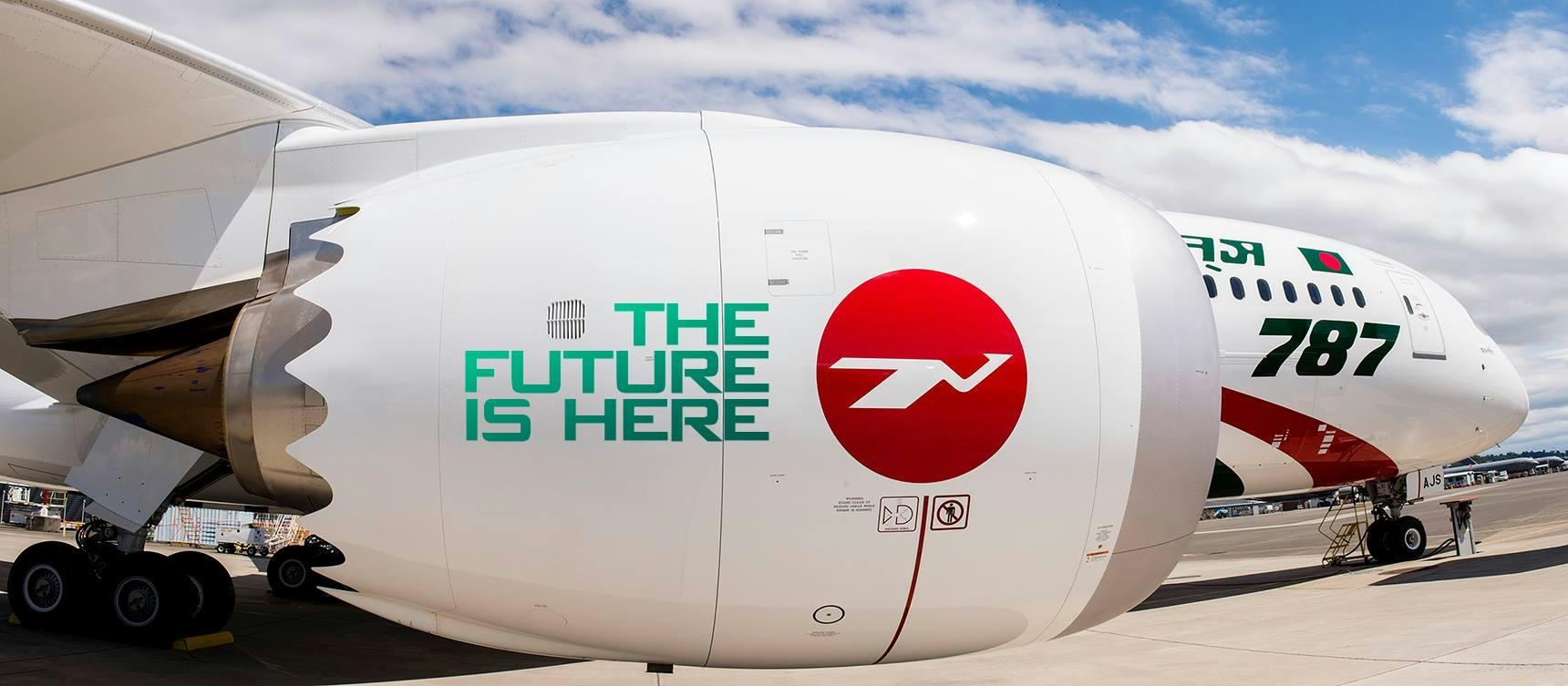
Bangladesh orders 25 Boeing planes, European envoys push Airbus deal
